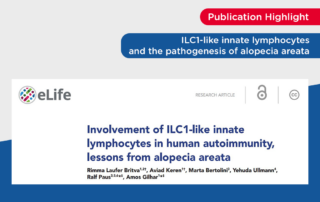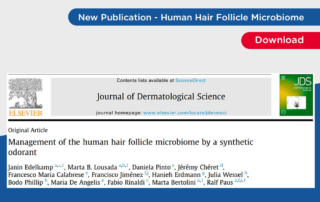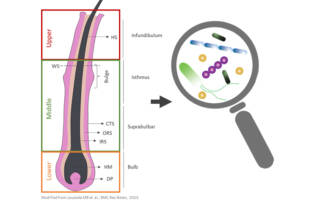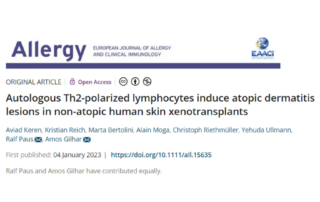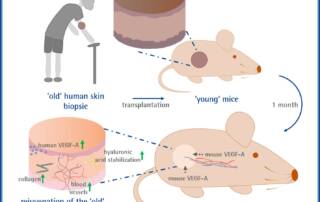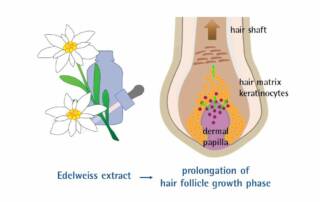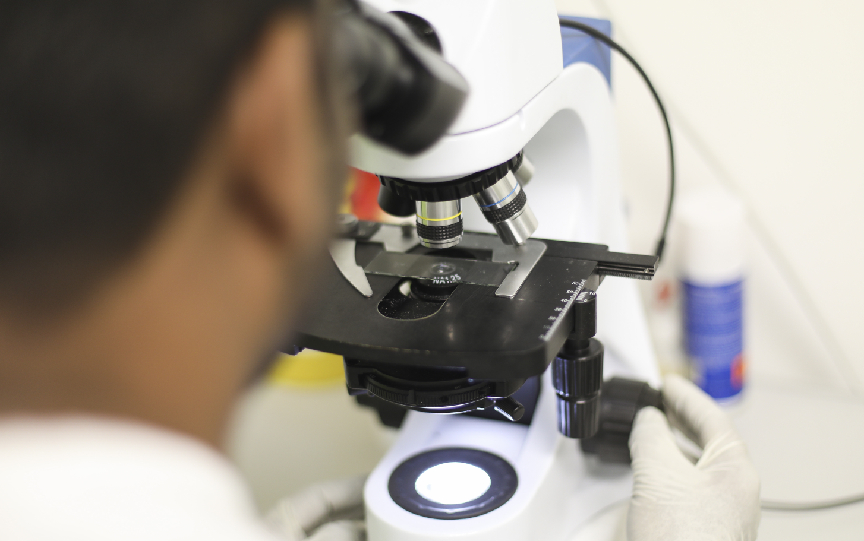Research Highlight: Humanized mouse model of male pattern androgenetic alopecia
Vellus-to-terminal hair follicle reconversion is induced by topical minoxidil and platelet rich plasma therapy in the humanized mouse model of male pattern androgenetic alopecia In this short communication, recently published in Journal Acta Dermato Venerologica, the authors challenged a current hypothesis claiming that human hair follicles (HFs) cannot reconvert […]


